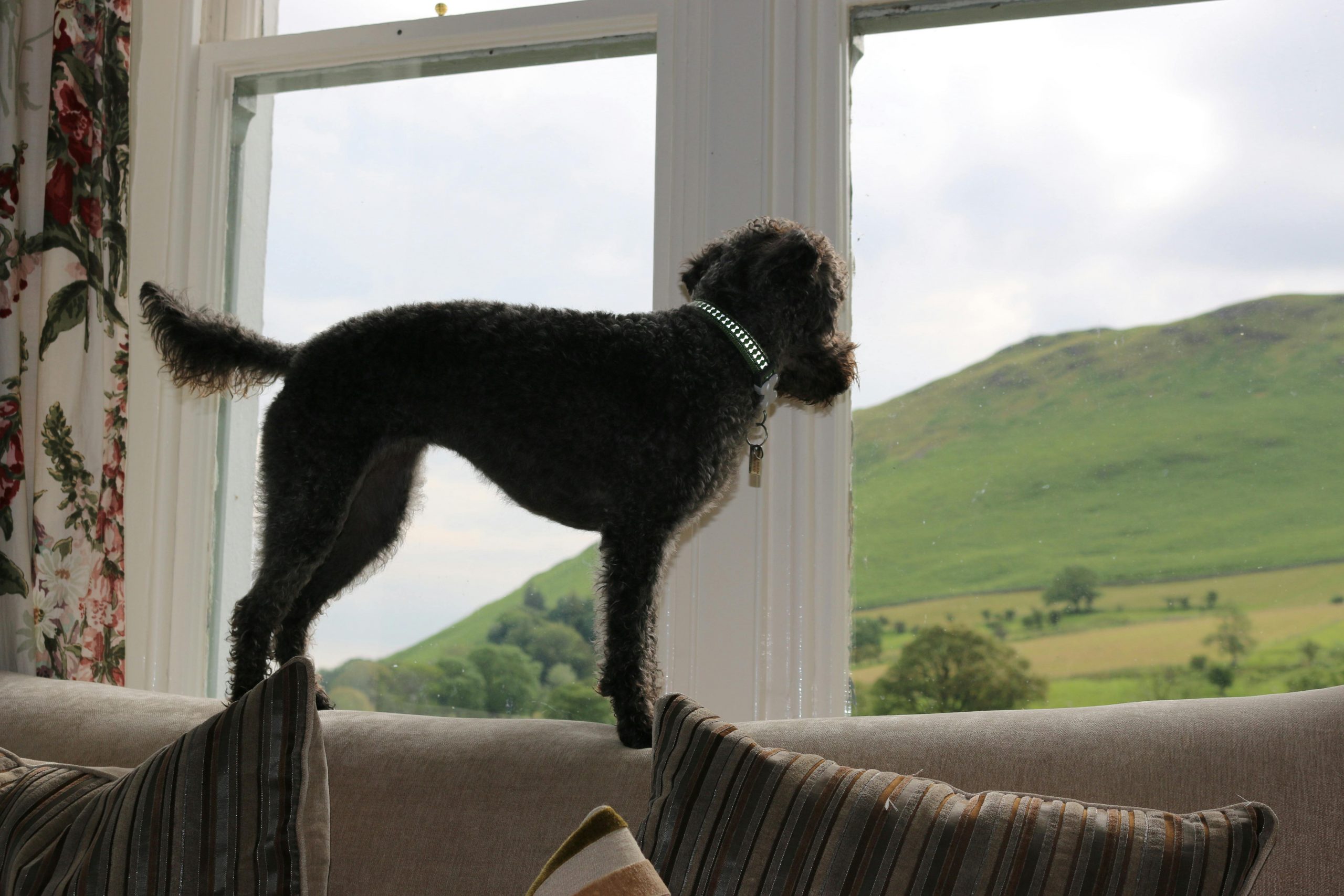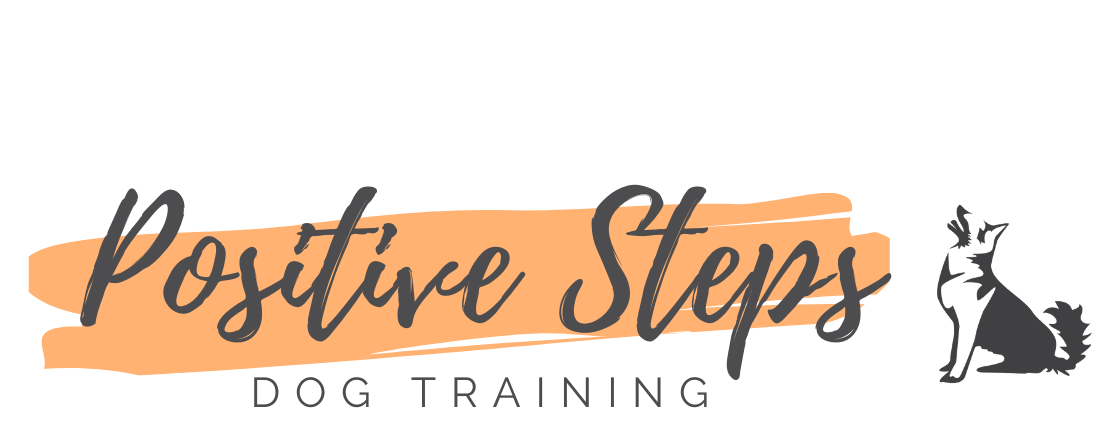
Does your dog bark, cry, destroy the house, or panic every time you leave? If so, your dog may be suffering from separation anxiety – one of the most common and distressing behaviour problems dog guardians face.
Separation anxiety in dogs is more than just disliking being alone. It’s a fear and panic disorder that causes extreme stress when your dog is left home alone. Dogs with separation anxiety aren’t being naughty or stubborn, they’re terrified and in a state of panic.
The good news? With the right training, your dog can learn to feel calm, confident, and relaxed when left alone – and you can get back to having some freedom within your life.
What is Separation Anxiety in Dogs?
Separation anxiety happens when a dog experiences intense stress at being separated from their owner. This isn’t just your dog “missing you” – it’s a phobia of being left alone. There are cases where the dog is ok if they’re left with anybody, no matter who it is, or in some cases, the dog has to be with a specific person otherwise they begin to panic.
Signs of Separation Anxiety in Dogs
It’s not always easy to determine the difference between whether a dog is disappointed that you’ve left, or completely freaking out. But there are some telltale signs that you can look out for!
- Excessive barking, howling, whining or crying
- Chewing or destroying furniture, or your belongings
- Scratching at doors, windows, or walls (sometimes until injured)
- Pacing, restlessness, and drooling
- Toileting accidents indoors, even if house trained
- Ignoring food or treats when alone (not with all dogs)
- Becoming anxious as you prepare to leave the house
These behaviours are not signs of stubbornness, they’re symptoms of panic.
When It’s NOT Separation Anxiety
Not every dog who barks or chews when left is suffering from anxiety. Some dogs may bark briefly or become destructive out of frustration or boredom, then settle. The key difference is duration and intensity:
- A dog with separation anxiety continues to panic long after you leave.
- A dog who is just bored may bark or chew for a few minutes, then relax.
It can be confusing to know the difference, but behaviours in dogs suffering from anxiety typically last longer, can be more intense and can escalate the longer you’re away. For example, some dogs that aren’t anxious may bark in the first few minutes when you’ve left, but as soon as they realise you’re not coming back, the resign to settling down for the rest of your absence. Some dogs may behave in certain ways because they’re bored or frustrated, but they’re not in a state of panic.
Common Mistakes Guardians Make When Treating Separation Anxiety
When trying to fix separation anxiety in dogs, many guardians accidentally make things worse. Here are the top mistakes to avoid:
- Believing “alpha dog” myths – Letting your dog on the sofa or walking through doors first does not cause separation anxiety. This outdated theory has been disproven.
- Leaving food or treats when you go – Many anxious dogs won’t eat when panicked. Food may distract for a moment, but it doesn’t fix the underlying fear.
- Letting your dog “cry it out” – Ignoring a distressed dog makes the fear worse and increases their panic over time.
- Using crates as a quick fix – For some dogs, confinement increases anxiety. A crate may stop destruction but risks psychological harm.
- Getting a second dog – Companionship rarely cures separation anxiety. Your dog’s panic is about being without you, not simply being alone.
Quick fixes like calming diffusers, special beds, or treats may sound tempting, but they don’t address the root problem. Using these kinds of ‘treatments’ is like recommending a cup of chamomile tea to someone who suffers from PTSD. Treating separation anxiety in dogs requires a structured training plan.
How to Treat Separation Anxiety in Dogs
The only proven solution is gradual, evidence-based training that helps your dog feel safe and comfortable when left home alone. This isn’t about forcing them to “get over it”, it’s about changing how your dog feels about being left.
That’s exactly what we do in our 10-week Separation Anxiety Training Course.
Our 10-Week Separation Anxiety Training Course
We specialise in helping dogs overcome separation anxiety, so you can enjoy your freedom again without worrying about your dog. It really is life changing, for you and your dog.
Our programme is based on the proven, science-backed methods developed by Julie Naismith, a world leader in separation anxiety training. As a certified SA Pro trainer, we follow her structured, compassionate approach to help your dog feel safe when home alone.
Here’s what’s included:
✅ Step-by-step training plan to teach your dog to feel calm and safe when home alone
✅ Weekly Zoom sessions with a certified SA Pro trainer
✅ Exclusive training app access to track your dog’s progress
✅ Unlimited support from your trainer throughout the course
✅ Remote training – you can join from anywhere in the world
Living with separation anxiety is exhausting – for you and your dog. But you don’t have to struggle alone. With the right training, your dog can learn to relax at home, giving you peace of mind and your life back.
👉 Click here to learn more and book your place on our Separation Anxiety Training CoursePlease get in touch if you would like to book the course or would like some further information. We look forward to supporting you and your dog throughout your training journey!
